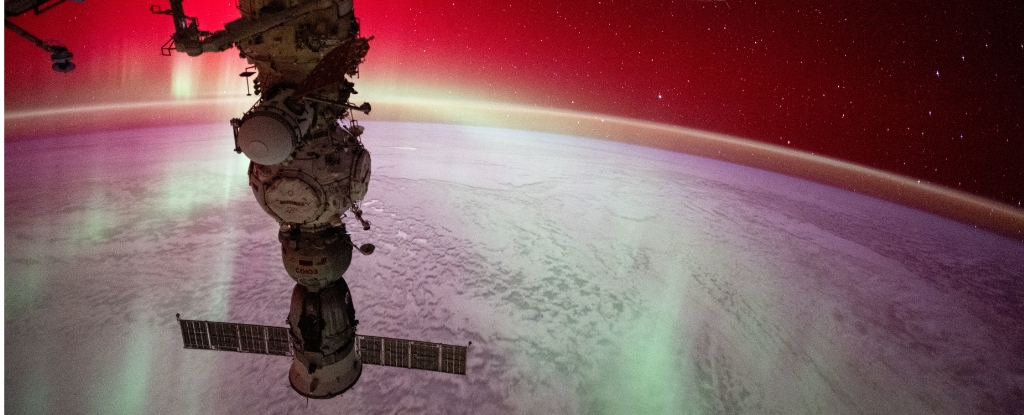Scientists analyzing data from NASA’s James Webb Space Telescope were surprised to discover that tiny red dots seen in some of the telescope’s earliest images of the distant universe were actually early “baby” versions of supermassive black holes. Known as “baby quasars,” they are believed to have masses somewhere between 10-100 million times the mass of our Sun.
The team, led by astrophysicist Jorryt Matthee, concluded the red dots were quasars – extremely luminous galactic cores around growing black holes – but much smaller and younger than typical quasars seen elsewhere. They believe studying these early black hole versions could provide clues about how some later “overly massive” quasars formed so quickly according to current models.
Dubbing them “baby quasars,” Matthee suggests they predate the stage of more massive problem quasars and could help explain their rapid growth. The dots appear red because of obscuring dust around the young black holes. While not specifically looking for these objects, the team serendipitously discovered them in data from the EIGER experiment on Webb and hopes further study can shine more light on the genesis of supermassive black holes in the early universe.
Source: futurism









